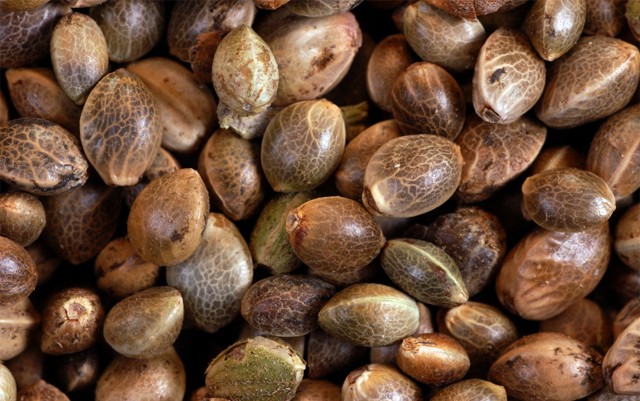Source: marijuanatimes.org

As we enter into a new era of hemp cultivation, there are several educational points that need to be taken into consideration. One of the least discussed, but one of the most important, is the difference between male and female seeds and how they affect a crop.
Unlike marijuana growing, which focuses on the bud for quality, hemp relies on every part of the plant in manufacturing. Seeds produced are used in making food, cosmetics, lubricants and fuel. The straw from the stalks are turned into paper, rope, carpet, textiles, and animal bedding.
Not all varieties of seeds are able to produce quality crops. Female plants need a certain percentage of male mates in order to grow and produce seeds. The production of seeds and stalks are equally important in growing industrial hemp and there are 2 different types of seeds that can be used.
Dioecious – 85-90% female seeds with male seeds making up the remaining percentage. These seeds produce separate male and female plants.
Monoecious – both male and female seeds that grow within the same plant.
You would think that having seeds within the same plant, such as the monoecious, would benefit the overall yield production. However, the yield per acre is significantly lower with this variety.
According to Hemp Technologies Collective, the weather and condition of the soil also play a major role with each type of seed. Also, historical data shows that the male and female mixture is closely related to that of wheat production. Farmers in America can use the same basic principle of using a female to male ratio of seeds, similar to what is used for wheat.
European and Canadian sources have been testing varieties of seeds for a number of years and have found that if you are looking for the largest percentage of crop per acre, the dioecious type is best. Most French varieties are a hybrid of predominantly female type, known cleverly as “female predominant”.
Find a trusted source for hemp seeds and your chances for a good crop will improve. Because Cannabis Sativa has been illegal in the states for the past 70 years, looking to international neighbors with a positive track record is your best bet.
No comments:
Post a Comment